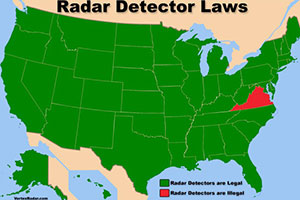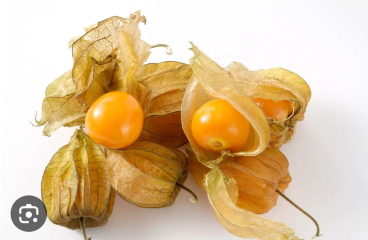Is the Food in U.S Prisons or Jails Delicious?
Q&A | by
The question of whether food in American prisons is “delicious” is subjective and can vary greatly from one facility to another. However, the general consensus among inmates and food service studies suggest that prison food is often not regarded for its taste or quality. The primary goal of prison food services is to provide nutritionally adequate meals at the lowest possible cost, rather than to cater to the taste preferences of inmates.
Factors Affecting Food Quality
Nutritional Requirements
Prison meals are required to meet basic nutritional standards as outlined by state and federal guidelines. These guidelines are designed to ensure that inmates receive the necessary daily intake of calories and nutrients essential for health.
Budget Constraints
Food budgets in prisons are typically very tight, which can lead to the purchase of lower-quality ingredients and a lack of variety in meal options. Cost-saving measures can also mean limited seasoning and the use of processed or canned foods, which can affect the taste of the meals provided.
Food Preparation
In many institutions, meals are prepared in bulk by staff or inmates who may have varying levels of training in food service. This large-scale production model is not conducive to the preparation of high-quality, flavorful dishes.
Perception of Prison Food
The prevailing view among inmates and researchers is that prison food is often bland, monotonous, and sometimes unappetizing. Incidents of food being undercooked, overcooked, or holding little nutritional value are not uncommon in reports from inside the prison system.
Commissary Options
Purchasing Additional Food
Inmates in most U.S. prisons have the option to purchase additional food items from the prison commissary using funds from their inmate accounts. These items are usually pre-packaged and can include snacks, instant foods, and beverages.
Limitations on Commissary Purchases
While the commissary provides a way for inmates to supplement their diets, there are limitations. The prices of commissary items are often marked up significantly, making it difficult for many inmates to afford them. Moreover, the selection is limited and does not typically include fresh produce or high-quality meal options.
External Food Programs
Some prisons have special programs where inmates can receive food from outside sources:
Holiday Packages
Certain facilities allow family members to send holiday food packages, which are subject to strict regulations regarding content and packaging.
Food Visitation Privileges
In some prisons, family members are allowed to bring food for inmates during visitation, but this practice is subject to strict rules and is not universally available.
In conclusion, the food in American prisons is generally not considered delicious by the inmate population or by outside observers. It is designed to be cost-effective and nutritionally adequate rather than enjoyable. While inmates do have the option to purchase additional food from the commissary, these items are often expensive and limited in variety.
References
- Prison Policy Initiative. (n.d.). The Price to Call Home: State-Sanctioned Monopolization in the Prison Phone Industry. Retrieved from https://www.prisonpolicy.org/phones/
- American Correctional Association. (n.d.). Standards and Accreditation. Retrieved from https://www.aca.org/ACA_Prod_IMIS/ACA_Member/Standards___Accreditation/ACA_Member/Standards_and_Accreditation/SAC_Home.aspx
- The Marshall Project. (n.d.). Use Our New Tool to See How Much Prisoners and Their Families Pay in Fees. Retrieved from https://www.themarshallproject.org/2020/12/17/use-our-new-tool-to-see-how-much-prisoners-and-their-families-pay-in-fees









